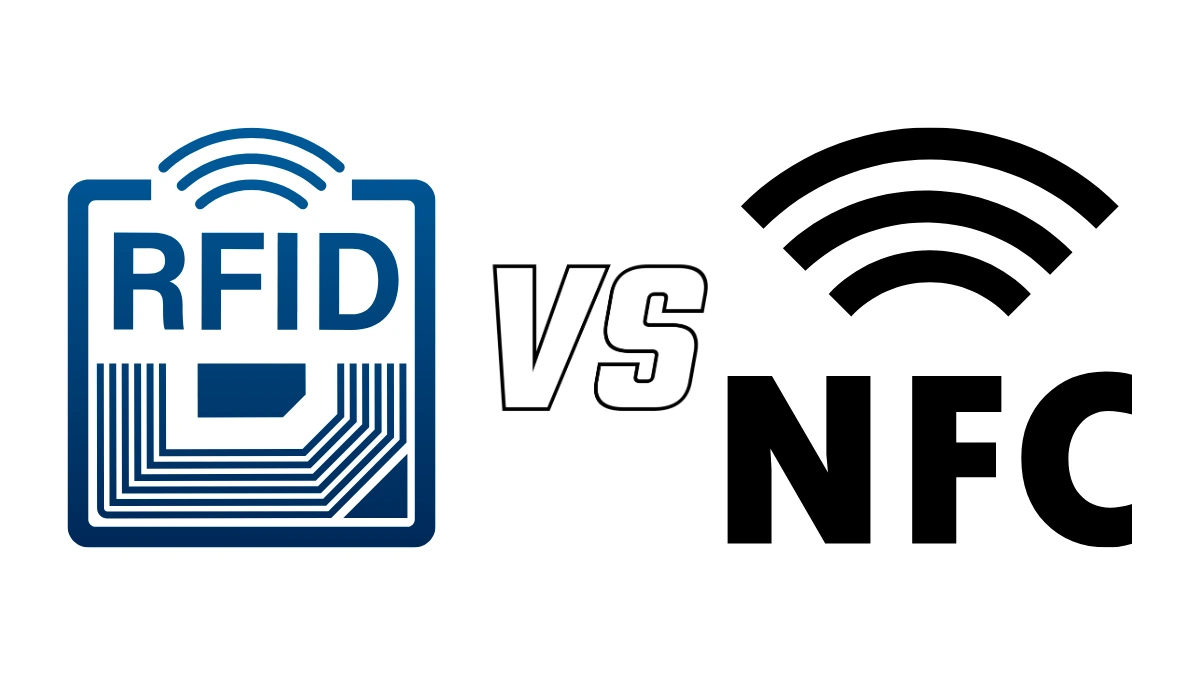Radio Frequency Identification (RFID) and Near Field Communication (NFC) technology are two technologies that are important in business today. Many people think that these two technologies are the same, but it turns out there are difference between RFID and NFC.
Both RFID and NFC enable data exchange between devices. The difference between RFID and NFC lies in the communication infrastructure and range.
The most obvious difference between RFID and NFC is that RFID functions by having an RFID tag and an RFID reader at a certain distance. Meanwhile, NFC frequency only allows for short distances.
Also Read
This article will provide further information on the difference between RFID and NFC, which look the same but have quite significant differences.
Table of Contents
The Similarities between RFID and NFC

Sometime recently we talked about the contrasts between RFID and NFC, it’s great for you to know what makes numerous individuals see these two innovations as the same.
The most noticeable similitude between the two is in terms of the utilization of radio frequencies for remote communications which as a rule work at the same recurrence, specifically 13.56 MHz.
Here are some similarities between RFID and NFC:
- Wireless recognizable proof: These two innovations are utilized for remote recognizable proof and communication between the gadget or tag and the reader.
- Using labels: Both RFID and NFC utilize labels or names to store data that can be studied by perusers. This RFID tag or NFC gadget can be connected to different objects such as items, cards, or other devices.
- Contactless technology: Both of these technologies are “contactless” technologies, meaning communication can occur without the need for direct physical contact between the tag and the reader. It provides convenience in many applications such as payments, transportation ticketing, and access control.
- International standards base: Both have standards set by international organizations, such as ISO (International Organization for Standardization) for RFID and NFC Forum for NFC. This helps ensure interoperability and consistency in the use of these technologies.
The Difference between RFID and NFC

As we already know, RFID and NFC use the same technology concept, namely a frequency of 13.56 MHz. However, around this frequency, RFID is a type of High-Frequency RFID.
The following are the significant differences between RFID and NFC:
1. Differences in usage
The main uses of RFID are asset tracking, inventory management, access control, attendee tracking, and tool tracking.
In contrast, NFC technology is centered on secure data transfer. This technique is applied in contactless payments, data sharing, and smart posters.
2. Infrastructure differences
When utilizing RFID, you must have an RFID tag and a peruser. In differentiation, NFC gadgets are competent in playing the part of perusers and labels. This is interesting include empowers P2P communication between two NFC-enabled gadgets.
3. Variations in application complexity
RFID livelihoods a clear concept where a peruser yields information from a tag. The peruser must recognize radio waves from the tag to capture data.
NFC is a more complex development that licenses read/write operations. This highlight turns your phone computerized whereas empowering culminates in peer-to-peer communication.
Comparison of RFID and NFC can be precarious, particularly because of the striking similitudes between the two.
Because in principle both of these technologies use radio frequencies, they need to be certified to maintain interoperability, comply with applicable legal standards and provisions, and guarantee consumer protection.
Make sure the RFID product that you use has been tested and has a certificate from Type Approval Certification Services for ICT Products in your country before being distributed to the market.











